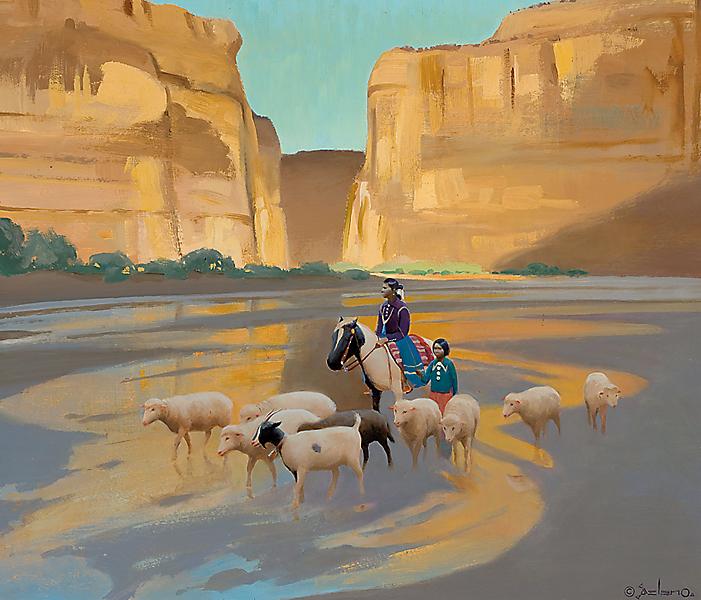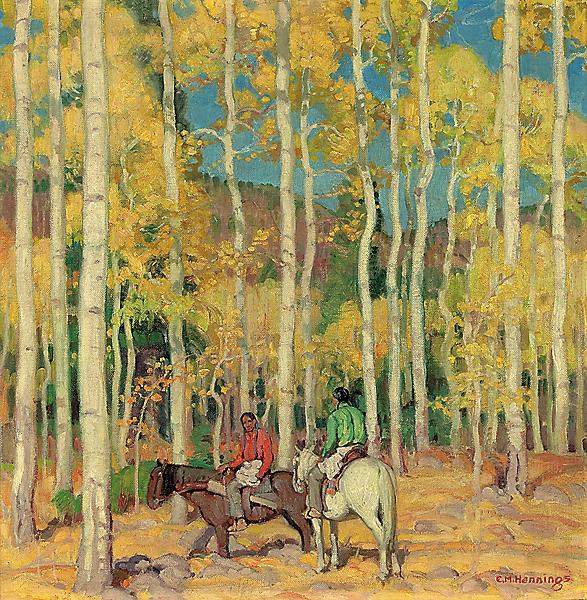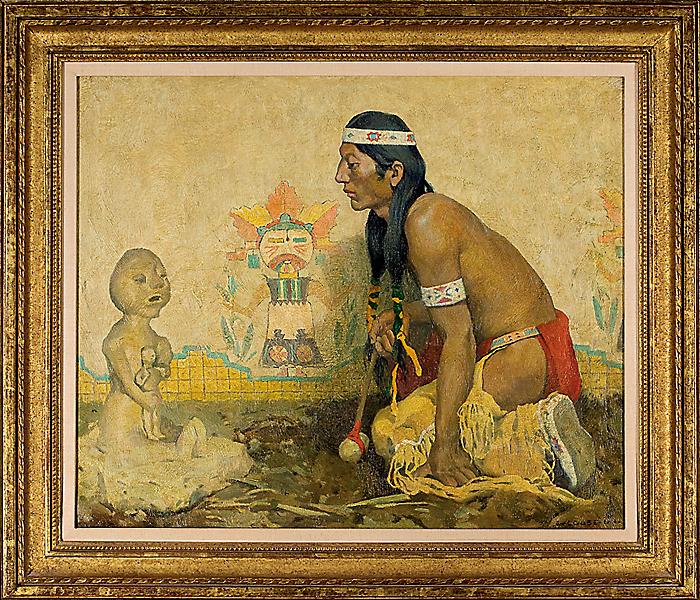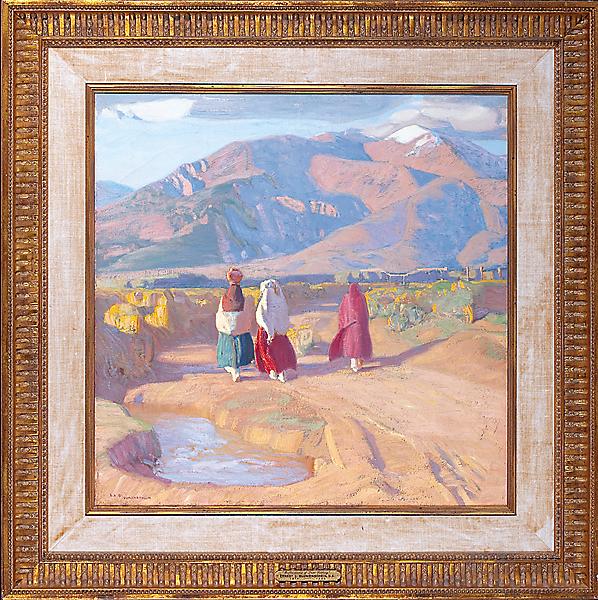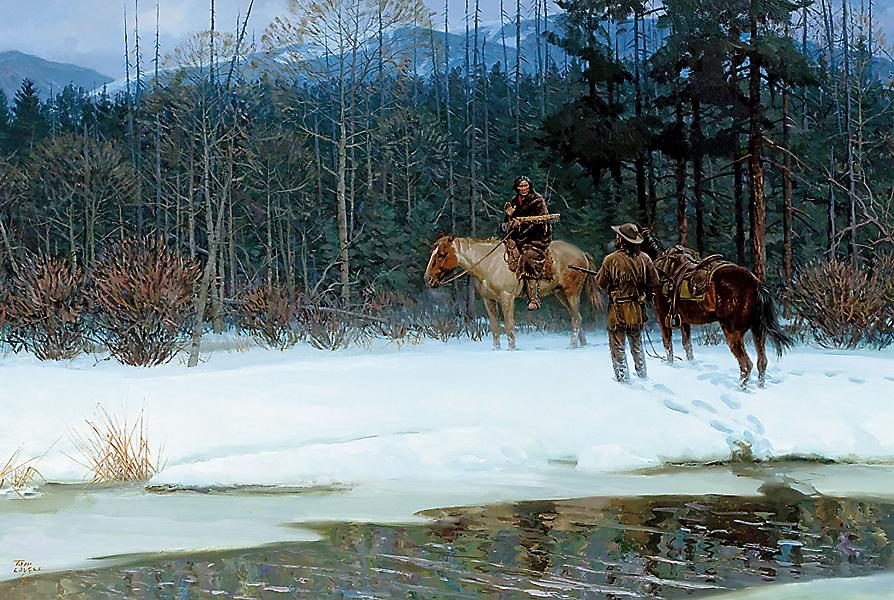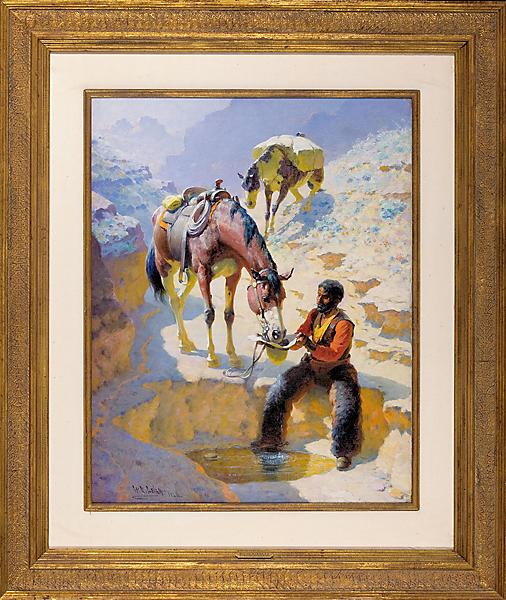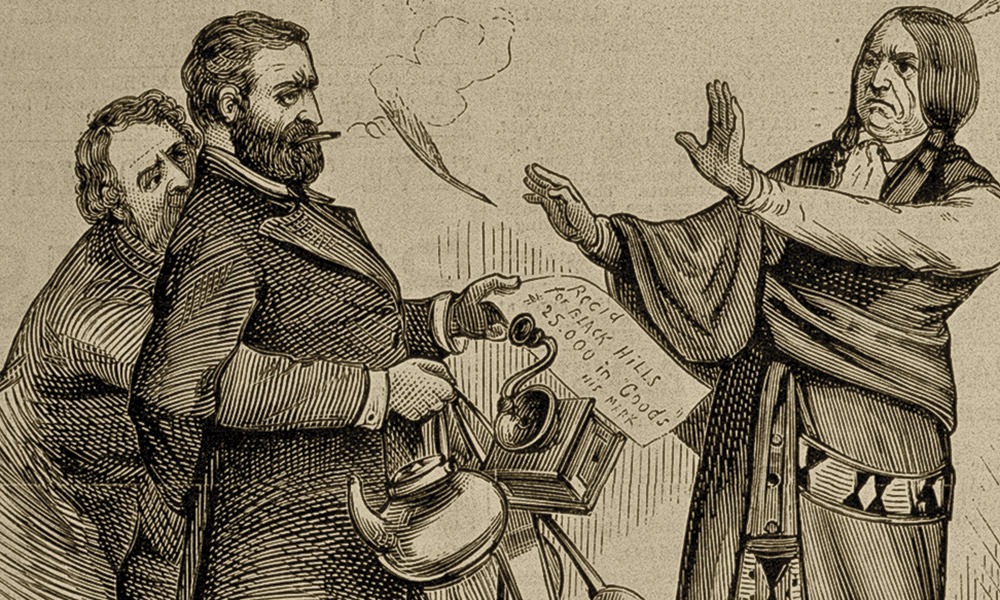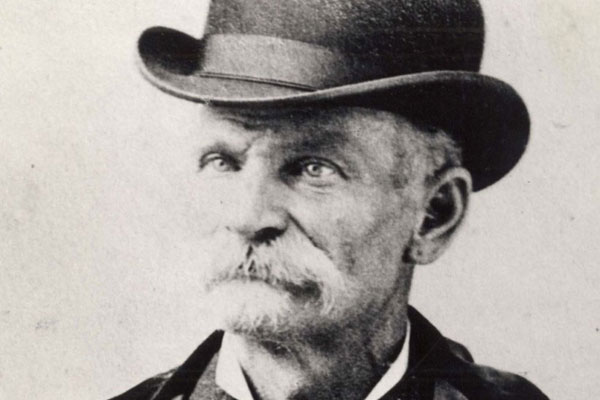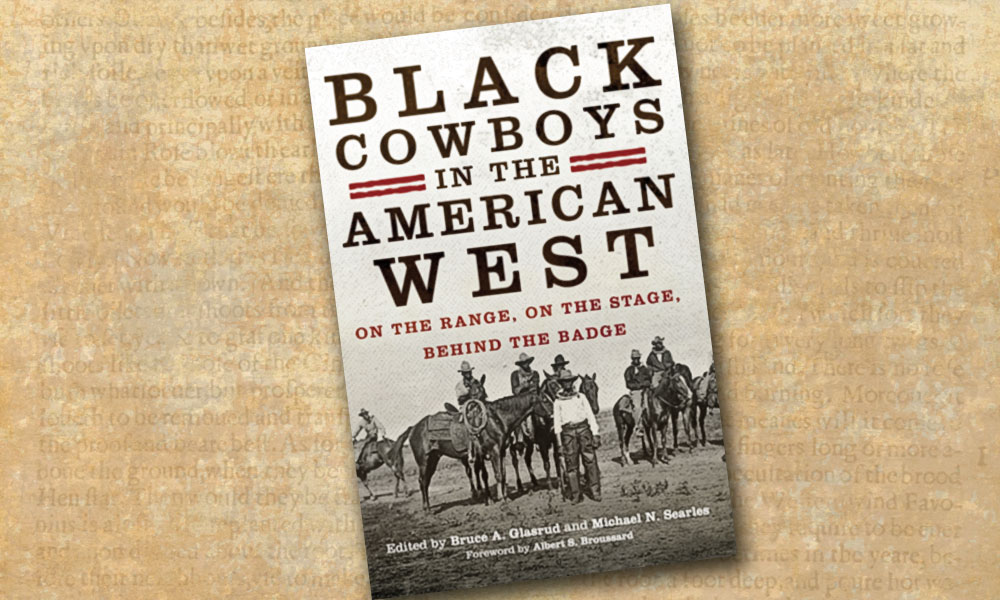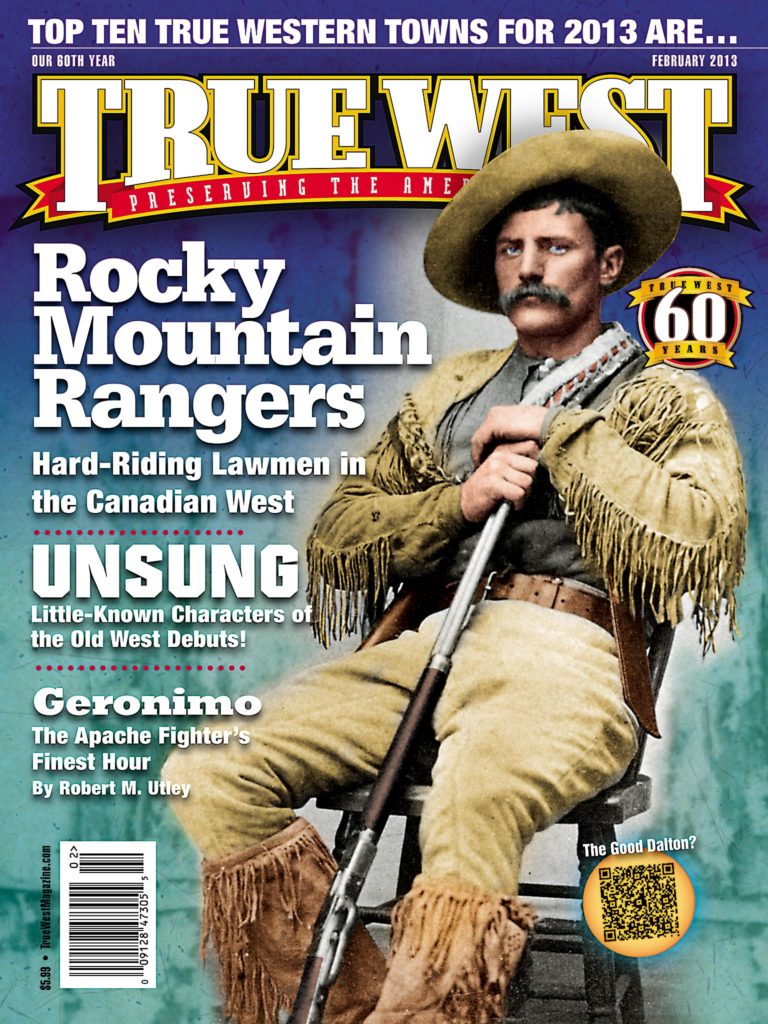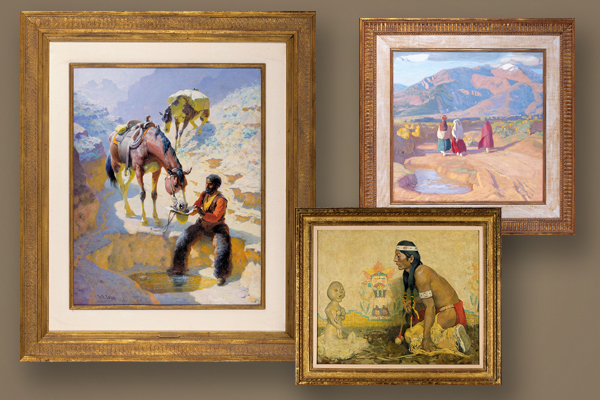 Wildcatters have started some of the grandest collections of historical Western art known to man. Denver’s Philip F. Anschutz. Fort Worth’s Sid Richardson and Amon Carter. Tulsa’s Thomas Gilcrease. Shreveport’s R.W. Norton. Bartlesville’s Frank Phillips.
Wildcatters have started some of the grandest collections of historical Western art known to man. Denver’s Philip F. Anschutz. Fort Worth’s Sid Richardson and Amon Carter. Tulsa’s Thomas Gilcrease. Shreveport’s R.W. Norton. Bartlesville’s Frank Phillips.
Now the collection of Midland, Texas’s self-made oilman, Fred T. Hogan, has earned a spotlight among art collectors, as five of its paintings were included among the top 10 lots sold at Heritage Auctions’ largest American West art auction to date, on November 10, 2012.
Michael Wallis probably best illustrated the everyday oilman’s attraction to the Old West in his biography of Phillips. “The attachment to his roots became a major ingredient in Frank’s success and the subsequent good fortune of Phillips Petroleum Company…. Frank learned by listening to the cowboys and Indians, and the salt-of-the-earth men and women who lived on the land. Country people and Indians who staked their claims in the Osage Hills…. Frank respected their horse sense and valued their wisdom…. When an Osage cowboy told him that cattle and horses bunched in tight groups was a sign that a storm was coming, Frank was smart enough to head for cover.”
Given that many of these hard-knuckled men bet their life savings on the off chance of getting rich, you can see why portrayals of stalwart, seasoned characters of the Old West might end up on their walls. Hogan seemed to subscribe to the Phillips school of thought. From the Taos women bringing water back to their village in Ernest Leonard Blumenschein’s Taos Valley Reflections to a male Taos Indian praying for life’s most essential ingredient in Eanger Irving Couse’s Prayer to the Rain God, the folks portrayed in the Hogan artworks clearly demonstrated perseverance in the face of running into their own kinds of “dry wells,” the bane of every wildcatter drilling in unexplored territory.
Hogan, along with his father, had drilled some dry holes in his home state of Montana (he was born in Butte in 1901) before they found success near the Canadian border. But then they struck out four more times in Colorado and New Mexico. By 1924, father and son decided to make a go of it in Texas, and they never looked back. After Hogan’s death in 1993, the Midland Reporter Telegram credited the junior wildcatter for putting Midland on the oil industry map.
Shared here are just a few of the notable Hogan Family collectibles that sold on the auction block in Dallas, Texas. Collectors earned nearly $7 million from the sale of their artworks at the auction.


